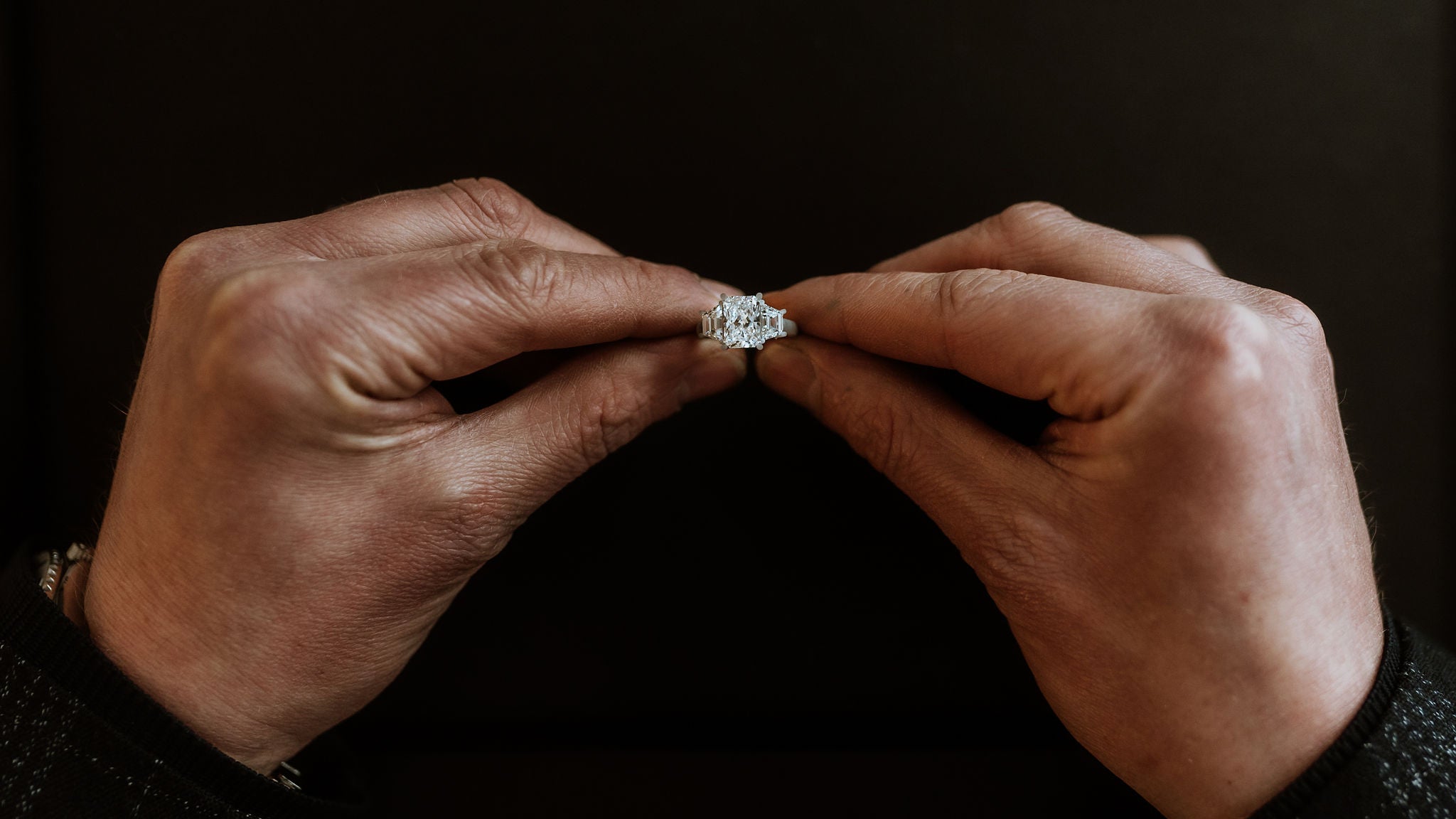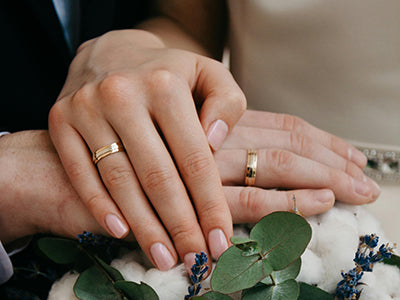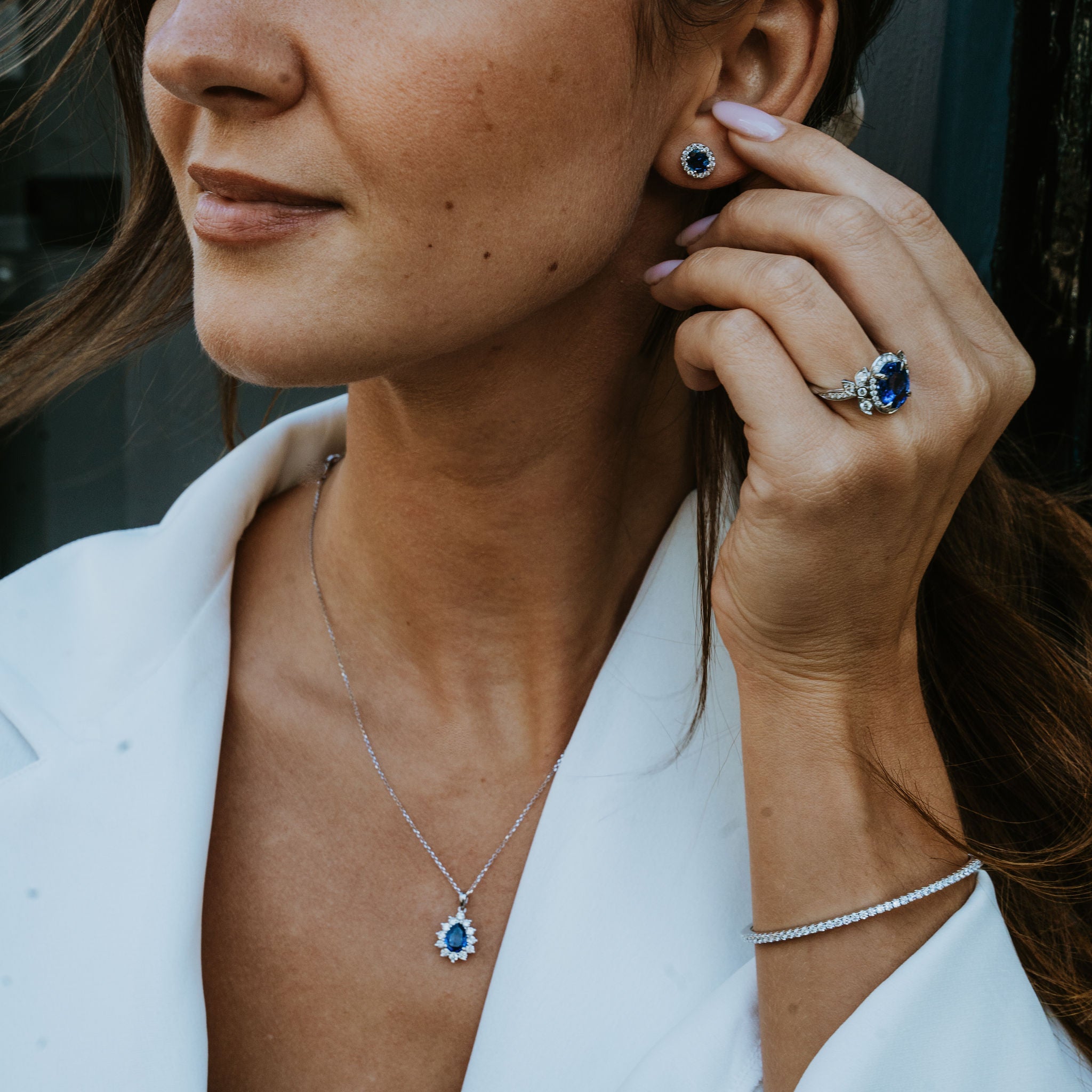
The day you buy an item of jewellery, it will look fabulous. The metal will gleam, the gemstone will sparkle, the colour will be rich and bright, and everything will look pristine. And that is how it should be.
However, this is not how it always remains. True, diamonds are, as the Bond film title says, forever, being the hardest material on Earth. But everything else can be scratched, worn, cracked, squashed or tarnished.
The reasons for this can vary. A classic case of an accident is if an item gets damaged through being hit with something hard or squashed under something heavy. This can, for instance, scratch or chip softer items or bend a ring out of shape. It might dislodge a gem or break a fragile metallic item.
In other cases, an item might be lost and left in an environment that is not beneficial to it; while stories about rings lost while gardening and later reappearing wrapped around a newly-grown carrot are amusing, they may not be in great shape when they emerge.
This is where Jewellery restoration work becomes so important. Over time, damage and wear and tear can make those rings, necklaces, earrings and much else lose their beauty, but that does not mean the items should be discarded and replaced. Indeed, if they have a special significance (like a wedding ring), that’s the last thing you should do.
Which Metals Can Be Easily Scratched Or Tarnished
Different materials can be damaged in various ways, so it is useful to understand how they may be repaired.
Take gold, for example. This is a metal that cannot tarnish, but it is soft and, therefore, more vulnerable to being scratched or bent out of shape. Minor damage can be more easily repaired. For example, minor scratches or dents can be polished back into shape, but extra metal may be needed to act as a filler in more severe cases.
Silver is just as soft as gold, with both measuring around 2.5 on the Mohs scale of hardness, compared to 3 for bronze and 4 for Iron (this is why the Iron Age replaced the Bronze Age). This means if you have silver jewellery, it will be equally prone to damage.
Tarnishing is the other big threat to metals. Gold and platinum are free of this threat, but sterling silver can tarnish by turning black when exposed to sulphur in the air. Other less precious metals, like copper and brass, can also tarnish.
However, it is possible to chemically treat metals to remove tarnishing and restore them. Full-on rusting is another matter, as by then the metal is compromised.
Tackling Gem Damage
While there are several metals used in jewellery, the range of gems is far greater. These include the precious (diamonds, sapphires, rubies and emeralds) and semi-precious (all the others), with hundreds in total.
However, durability is only part of the distinction between precious and semi-precious, with appearance and scarcity being other factors.
Once again, the Mohs scale helps to highlight which gems are at greatest risk of damage and the need for replacement or repair. Sitting at the top on 10 and almost indestructible are diamonds, but below this, corundum (which includes rubies and sapphires) are a very strong 9.
However, the Mohs scale is not a straight-line graph but a curving scale, so a 9 is not 90 per cent of a 10. This is worth noting as we move down the table, as notable gems include emeralds at 7.5 to 8, amethysts at 7 and garnets at 6.5-7. That means these stones can be more easily scratched, chipped or even fractured.
This is a reason why stones like this are used in jewellery for infrequent use, such as special occasions, rather than everyday use like engagement or wedding rings.
The Case Of Emeralds: The Softest Precious Stone
Avoiding damage is the best way forward, but some things can be done to repair many gems if they get damaged.
For example, the structure of emeralds means they are prone to cracking. This can be fixed with oiling, but it is something that owners cannot do at home and needs to be done with expert hands.
This is important because if you wear an emerald with cracks in it, you will be taking a major risk as dust, soap and other substances could get in and do more damage.
Jewellery can be worn and damaged in many ways, and it is not often that DIY work can fix the issue. However, you will be amazed and delighted at what our experts can do to get your treasured items sparkling again and looking good as new, no matter whether they were scratched, tarnished, run over by a bus or spent years in the vegetable patch.





